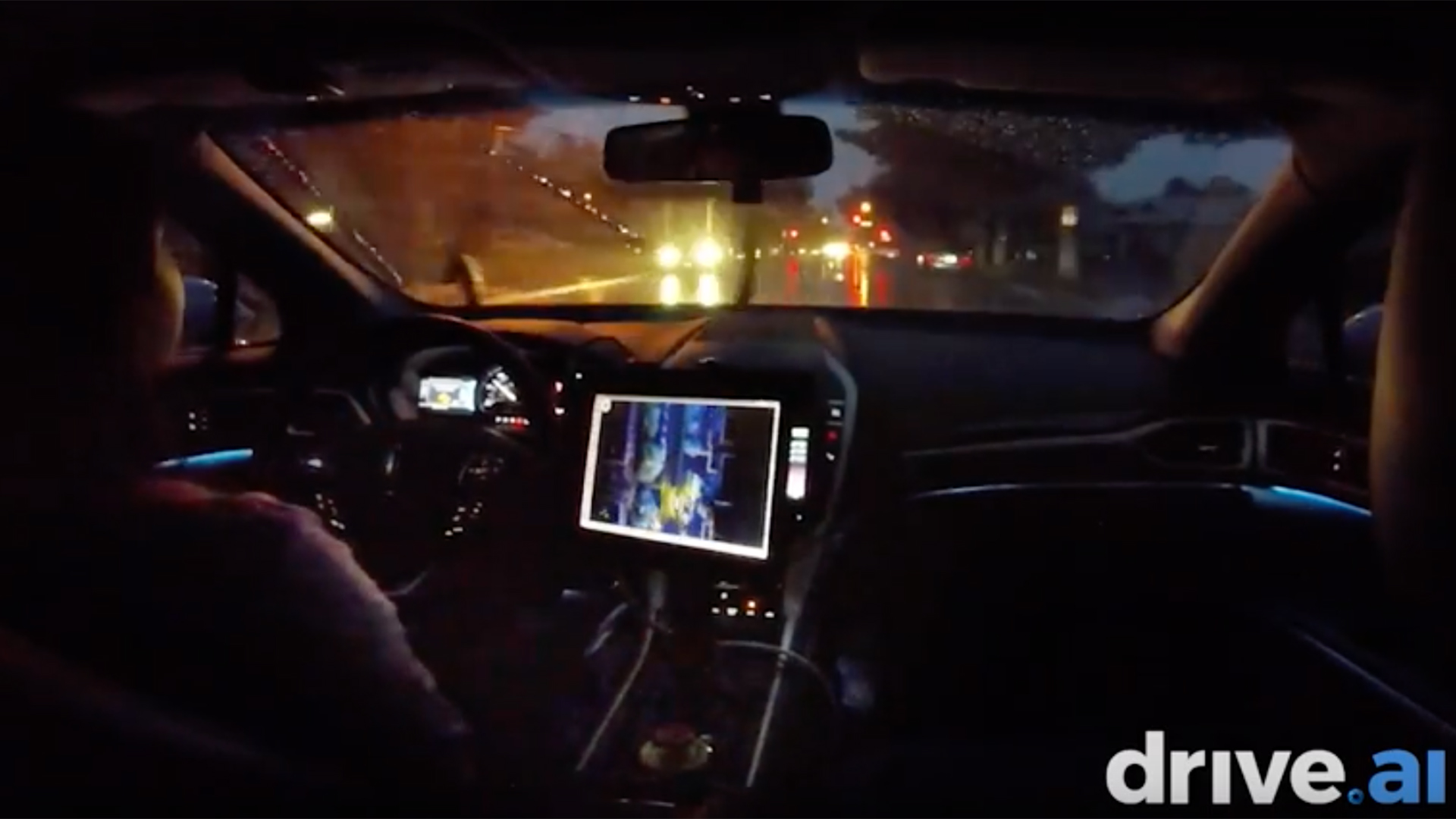

Ride services with self-driving vehicles may halve demand for owner-driven sedans in the United States by 2030, says findings released Monday by KPMG.
The study, which used cellphone data to track commuter travel in three major American cities, had researchers projecting that ride services with self-driving vehicles would start out in heavily populated areas.
The good news for manufacturers is a trillion-dollar market will arise around mobility, said Tom Mayor, KPMG’s strategy leader for industrial manufacturing.
“The key to unlocking this upside is developing trip-by-trip understanding of consumer needs” in each area, he said, adding that manufacturers will then need to develop vehicles designed to meet the needs of consumers who will hail for most trips rather than own or lease.
As the price for ride-hailing declines, KPMG forecasts that by 2030, many Americans will no longer feel the need to have their own sedan to travel to work or run errands. Instead, the researchers believe, they’ll summon a ride instead.
The outcome will be a sharp drop to 2.1 million sedans yearly in the U.S. by 2030 from 5.4 million sales now, the research estimates, as families forgo smaller cars and hang on to bigger vehicles for longer journeys.
KPMG predicts that more manufacturers will follow in the footsteps of Fiat Chrysler, which has already departed the small and midsize sedan markets in the U.S. until only three or four companies remain in the market, as opposed to 10 currently.
The consulting firm analyzed data from mobile phones to look at trips in Chicago, Atlanta, and the Los Angeles-San Diego metro areas. The study found many trips to take less than 15 minutes in Chicago, whereas in Atlanta, 75 percent of travel took place between suburbs, not from the city center. In LA, many rides were found to take 90 minutes or longer.